‘I think that the whole discussion about non-intervention is a question about mindset, not about craftmanship’Austrian winery Schloss Gobelsburg, the oldest wine estate in Kamptal, has a new cellar extension.
The design of the new cloister cellar was adopted from Cistercian architecture and pays tribute to the monks from Burgundy who planted Pinot Noir on the slopes of the Danube in 1171 and still inspire the winemaking style here: simple and austere.
Constructed over the past three years, the 12 Joch cloisters around the courtyard connecting the vinification rooms have been built to last.
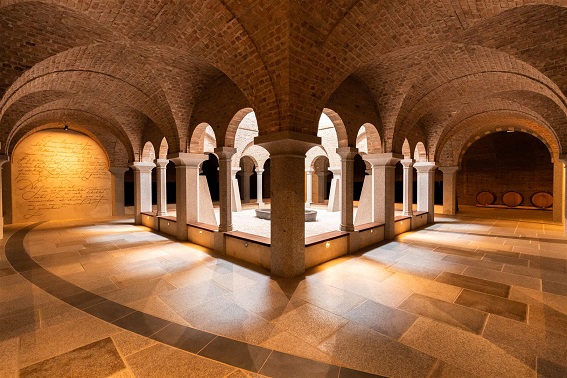
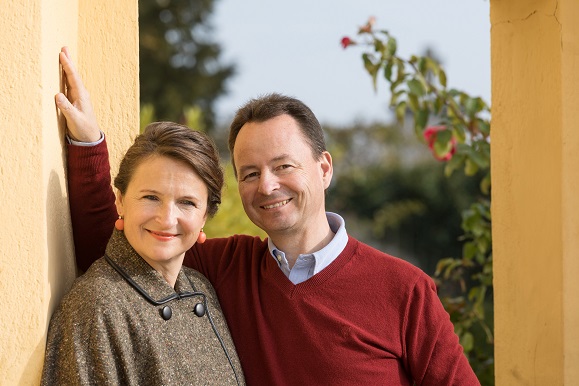
Winemaker Michael Moosbrugger, who manages the estate with his wife, Eva, told Canopy: “It is built in the old traditional way with bricks and stone. I told the architect about my idea with the cloister cellar and told him that there is only one condition for the project: the new cellar has at least theoretically to be able to last for at least 500 years. Not many know that constructions with concrete and steel only last for 100 years. This was the reason that we built in the old way with traditional craftmanship.”
Parts of the (now) 5,000sq m cellar have survived from the original fortress built in the 11th century.
Michael, who has been at the estate since 1996, says they needed an extra 1,000sq m because they are now ageing their wines – especially the whites made from Grüner Veltliner and Riesling grapes – for longer in casks.
“I started more than 10 years ago to put wines in cask aside for later releases,” Michael reveals. “Beside that, we planned to release the typical single-vineyard wines of the estate a year later to allow them more time in cask.”
When you have such a magnificent cellar and a rich history of winemaking to fall back on, it’s easy to understand why the focus here is on wines made in the cellar – rather than the vineyard – using traditional winemaking techniques to produce wines “based on individuality and character”.
19th century methodsThe cellar extension may be brand new but there is no modern equipment here. Not even a pump. The wine is transported from one part to the other by ‘barrels on wheels’.
No shiny stainless-steel tanks either. The casks used for ageing the wines are made of oak from the nearby Manhartsberg region (north of Langenlois). Michael believes this is also important for the character of the wines he produces here. “It’s the regional character that forms the authentic personality of Schloss Gobelsburg wines, which comes from a symbiosis between the trees and the grapes, that are grown under the same climatic and geological conditions,” he points out.
His approach to winemaking is also based on his study of the old techniques used in the cellars by monks over the centuries – techniques that inspired the range of wines called Tradition, which are made using methods from the 19th century. Michael says these wines “not only have old and sound ageing structures, but also pave the way to an almost forgotten Austrian culture of taste”.
The handpicked grapes are gently pressed in a basket press “for low sediment content” and fermented without temperature control in 2800L Manhartsberg oak casks. After fermentation, the wines are racked every three to four months “to let the wine breathe” and to gradually clarify it during its three to ten years of maturation.
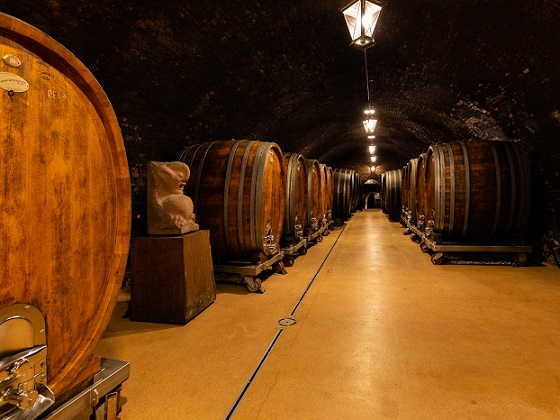
There is no lees stirring during this period. “Bâtonnage is a technique that is associated with modern winemaking,” Michael explains. “200 years ago bâtonnage was not applied in winemaking. The racking process aims to get the wine off the lees and give oxygen to the wine. Bâtonnage and long lees contact is a reductive treatment. Traditional winemaking is in general more oxidative than modern winemaking.”
‘Teach’ him up to his potentialMichael tells me the frequent racking is called “teaching”.
“200 years ago, the cellarmasters of Gobelsburg had a completely different idea on wine,” he continues. “Wine was seen in these days much more as an individual. They compared wine with the human being and believed that as we humans have to undergo certain development, also a wine has to do so. And as we have to breathe, also a wine has to breathe in order to accomplish all that. These considerations have been leading to the common practice to rack the wine from cask to cask to let the wine breath in order to encourage the next step of his development. This was repeated several times and was called the ‘teaching’ of the wine (German: die Schulung).
“Here, the relation between wine and cellarmaster can be seen in the same way as the relation between a teacher and his pupil. The task of the cellarmaster was to identify the potential of the wine and, according to that, ‘teach’ him up to his potential. This can be seen in contradiction to our today’s modern imagination that great wine is made in the vineyard and not in the cellar. In our today’s mind we believe that the big art of making a great wine is to do ‘nothing’.”
When pushed on this question of vineyard versus cellar, Michael admits: “Every wine is made in the vineyard and in the cellar. If you do nothing in the cellar, you end up at vinegar. I think that the whole discussion about non-intervention is a question about mindset, not about craftmanship.”
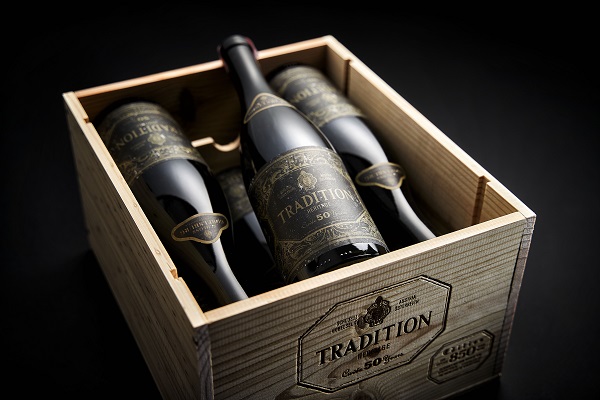
From 2021, Gobelsburg’s Tradition wines are offered in three different levels of maturity: three years, 10 years and with parts of the past 20 years.
To mark Gobelsburg’s 850th anniversary this year, the estate has added a Jubilée Tradition (above), which contains wines from the last 50 vintages – including rarities from as far back as the 1970s. Based on the year of birth of the winery, 1171 boxes of six bottles each and 850 magnums have been bottled.
The Jubilée Edition 850 comprises Grüner Veltliner, Riesling, Grüner Sylvaner, Muskat Sylvaner, Riesling Sylvaner, Welschriesling, Muskat Ottonel, Traminer, and Muskateller from:
- Vintages 2010-2017 (2011, 2013, 2014, 2017): 33%
- Vintages 2000-2009 (2000, 2002, 2003, 2004, 2005, 2007, 2009): 37%
- Vintages 1990-1999 (1991, 1993, 1994, 1996, 1998, 1999): 7%
- Vintages 1980-1989 (1980, 1981, 1982, 1983, 1984, 1986, 1987, 1989): 12%
- Vintages 1970-1979 (1970, 1971, 1973, 1974, 1977, 1979): 11%
Michael believes Gobelsburg’s Tradition range is the antidote to the vast majority of “uniform and standardised” wines coming from “many large international cellars” where a high level of technology is necessary to guarantee uniformity.
Michael concludes: “The collection represents the transition time from field blend planting to varietal planting in the vineyards. You learn on one side about what worked, on the other side that vineyards always find their right expression – which changes over time. Besides, you learn about ageability of wines of the area and the personality they develop over time.”


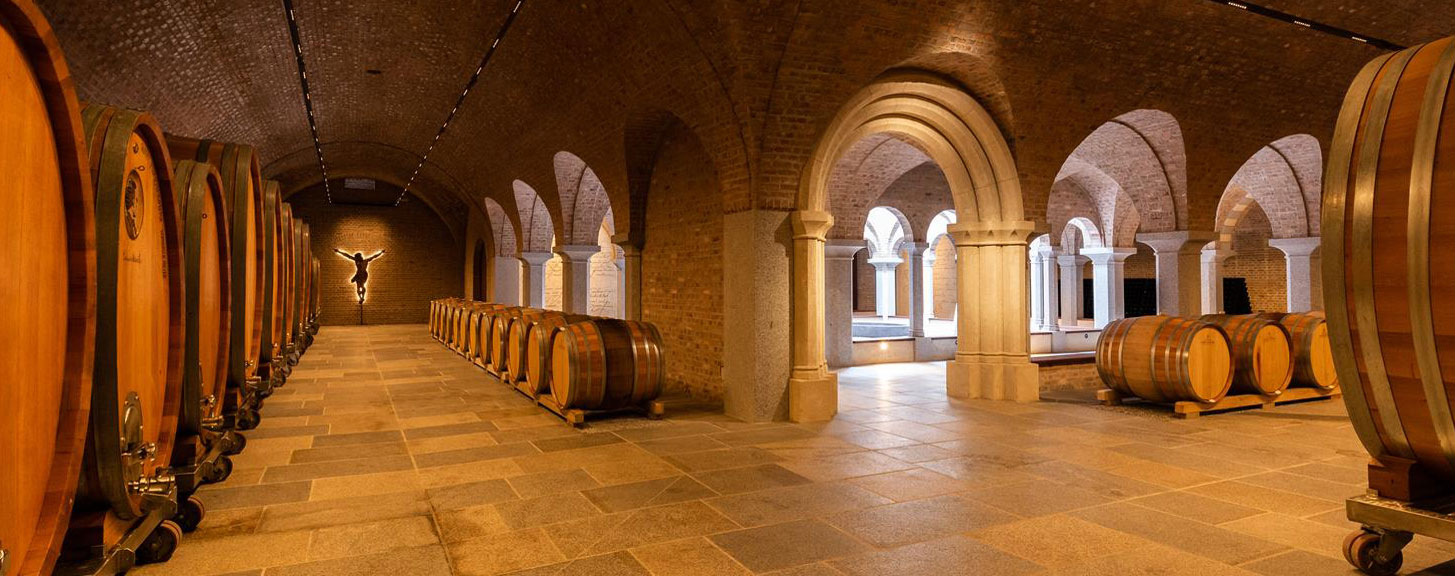










.png)






